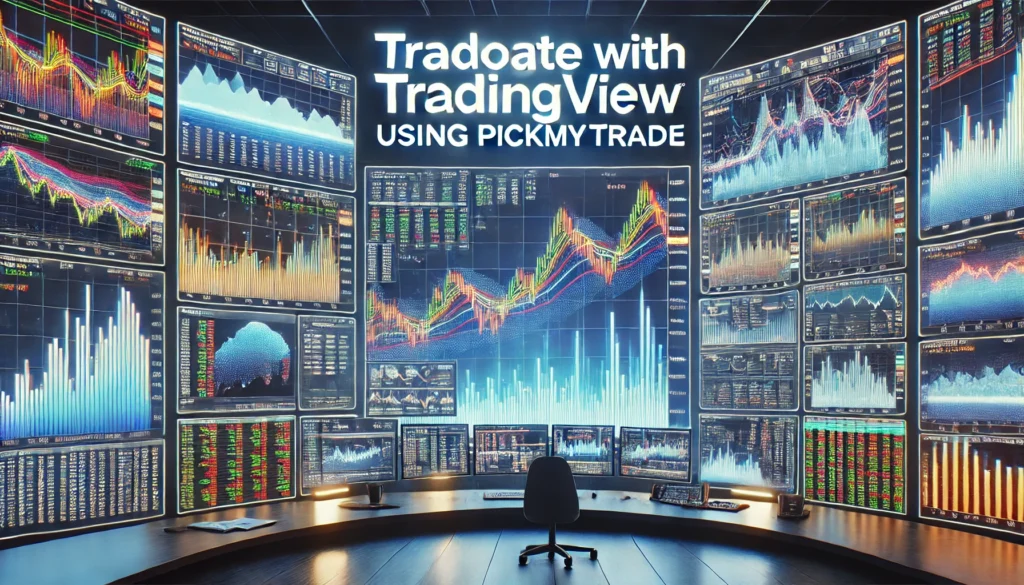Welcome to the ultimate guide for beginners in trading! This article is designed to take you from a complete novice to a consistently profitable trader. With a focus on practical strategies, effective tools, and essential knowledge, you’ll be well-equipped to navigate the trading world. Throughout this guide, we’ll explore the fundamentals of trading, emphasizing the importance of pickmytrade as a valuable resource for your trading journey.
Setting Expectations – Time and Money ⏳
Before diving into trading, it’s crucial to set realistic expectations regarding the time and financial investment required. Trading is not a get-rich-quick scheme; it demands patience, dedication, and a willingness to learn. Generally, it takes between 12 to 18 months to become consistently profitable. However, your timeline may vary based on your commitment and effort.
To start trading, you need to determine how much capital you’ll require to achieve your financial goals. Consider your monthly income needs and calculate the amount necessary to generate that income through trading. For instance, if you wish to earn £500 monthly, you can work backward to establish how much capital you need, based on expected returns.
Accountability 📋
Accountability is essential in trading. Sharing your trading journey with friends, family, or a community can provide support and motivation. By openly discussing your goals and progress, you can create a sense of responsibility that will keep you focused and committed to your trading education.
Reading Price 📊
Understanding price movement is fundamental to trading. Price charts display historical data, allowing you to identify trends and make informed decisions. Focus on reading candlestick patterns, which provide insights into market sentiment and potential reversals. Each candlestick has four key components: open, close, high, and low, which together tell the story of price action.
Candlestick Anatomy 🕯️
Each candlestick represents a specific time frame and consists of the open price, close price, highest price, and lowest price during that period. Green candles indicate upward movement, while red candles signify downward movement. Recognizing candlestick patterns will help you understand market dynamics and make better trading decisions.
Opportunity Confluence 🔗
Successful trading often relies on multiple factors aligning, known as confluence. This can include technical indicators, candlestick patterns, and support and resistance levels. By identifying areas where these elements intersect, you can enhance your probability of success. For example, if a candlestick pattern aligns with a key support level, it may indicate a strong buying opportunity.
Angular Trend Lines 📏
Angular trend lines are essential for identifying market direction and potential reversal points. By drawing trend lines that connect significant highs or lows, you can visually represent the market’s momentum. Trend lines can help you determine entry and exit points, as well as identify potential breakouts or reversals.
Indicators 📈
Indicators are tools that help traders analyze price movements and trends. Common indicators include moving averages, Relative Strength Index (RSI), and Bollinger Bands. While indicators can provide valuable insights, it’s crucial to use them in conjunction with other analysis techniques to form a comprehensive trading strategy.
Order Types 📝
Understanding different order types is fundamental to executing trades effectively. Here are the primary order types you should know:
- Market Order: An order to buy or sell immediately at the current market price.
- Limit Order: An order to buy or sell at a specified price or better.
- Stop Order: An order to buy or sell once the market reaches a specified price.
By mastering these order types, you can manage your trades more effectively and execute your trading strategy with precision.
Risk Position ⚖️
Risk management is crucial in trading. Always determine your risk per trade based on your overall account balance. A common rule is to risk no more than 1% of your account on a single trade. This approach helps protect your capital and ensures longevity in your trading journey.
Identifying Trades 🔍
Identifying potential trades involves a combination of technical analysis and market research. Monitor price action, trends, and indicators to spot entry points. Additionally, stay informed about economic news and events that may impact market conditions. This comprehensive approach will help you make educated trading decisions.
Backtesting 🔄
Backtesting is the process of evaluating a trading strategy using historical data. By testing your strategy against past market conditions, you can assess its effectiveness and make necessary adjustments. This practice is essential for building confidence in your trading plan before risking real capital.
Positive Expectancy 📈
Positive expectancy is a crucial concept in trading. It refers to the average amount you can expect to win or lose per trade over time. A strategy with positive expectancy means that your winning trades outweigh your losing trades, leading to long-term profitability. Focus on developing a trading plan that ensures positive expectancy through disciplined execution.
Brokers & Platforms 💻
Choosing the right broker and trading platform is vital for your trading success. Look for a broker with a solid reputation, competitive spreads, and excellent customer support. Platforms should be user-friendly and provide access to the tools you need for effective trading. A reliable broker like pickmytrade can enhance your trading experience.
Placing Orders 📊
When it comes to placing orders, ensure you have a clear plan in place. Determine your entry and exit points, stop-loss levels, and position sizing before executing trades. This systematic approach will help you maintain discipline and avoid emotional decision-making during live trading.
Practice Trading (Demo) 🎮
Before trading with real money, practice on a demo account. A demo account allows you to test your strategies and familiarize yourself with the trading platform without risking your capital. Use this opportunity to refine your skills and build confidence before transitioning to live trading.
Lots, Leverage & Margin 💰
Understanding lots, leverage, and margin is essential for effective risk management. A standard lot is 100,000 units of currency, while mini and micro lots are 10,000 and 1,000 units, respectively. Leverage allows you to control larger positions with a smaller amount of capital, but it also increases risk. Always use leverage cautiously and ensure you have adequate margin to cover your trades.
My Challenge to You 🎯
As you embark on your trading journey, I challenge you to commit to a structured learning process. Set specific goals for yourself, practice regularly, and stay accountable. Engage with fellow traders, share your progress, and seek feedback to enhance your skills. Remember, consistency is key to becoming a successful trader.
Timestamp 🕒
Throughout this guide, we’ve covered essential topics and strategies for trading success. Bookmark this article for future reference, and continue to explore the world of trading with confidence and determination. The path to becoming a consistently profitable trader is paved with knowledge and practice. Start your journey today with pickmytrade as your trusted partner!
PickMyTrade specializes in automating trading bots, enabling seamless strategy execution for futures from platforms like TradingView, across well-known brokers such as Tradovate.



